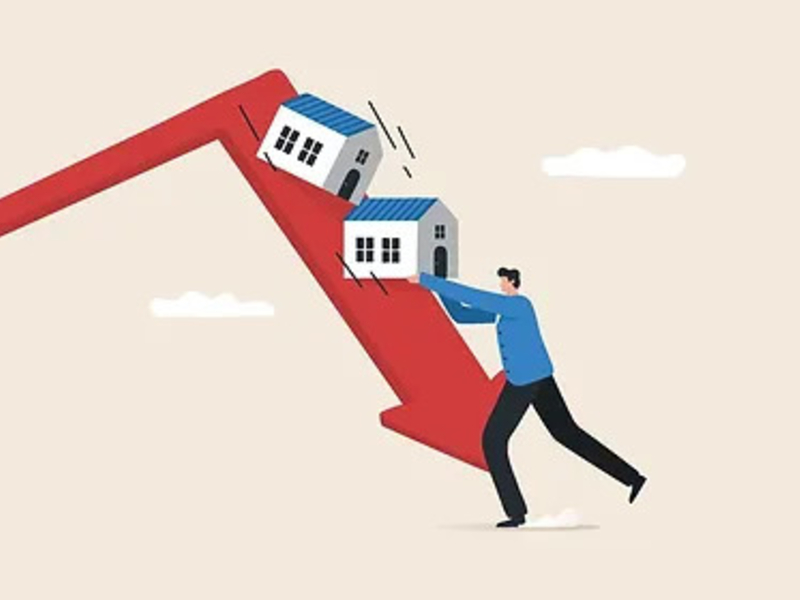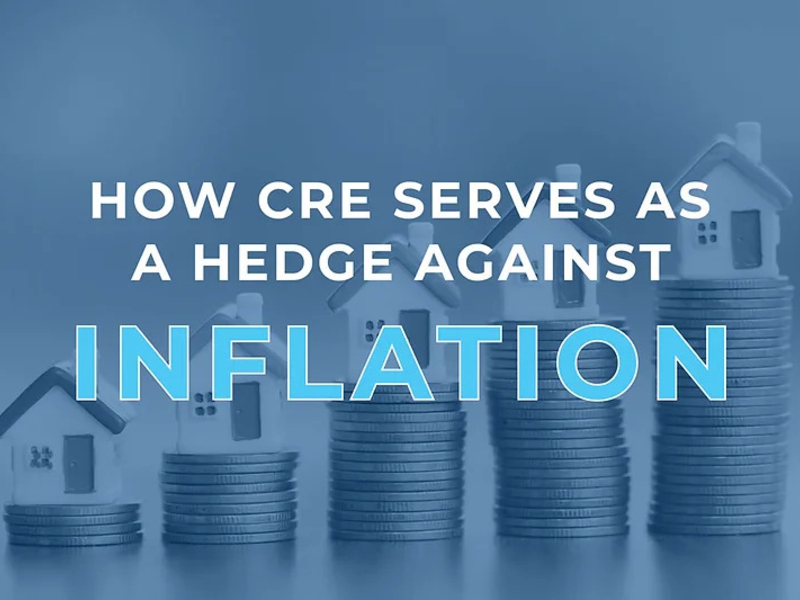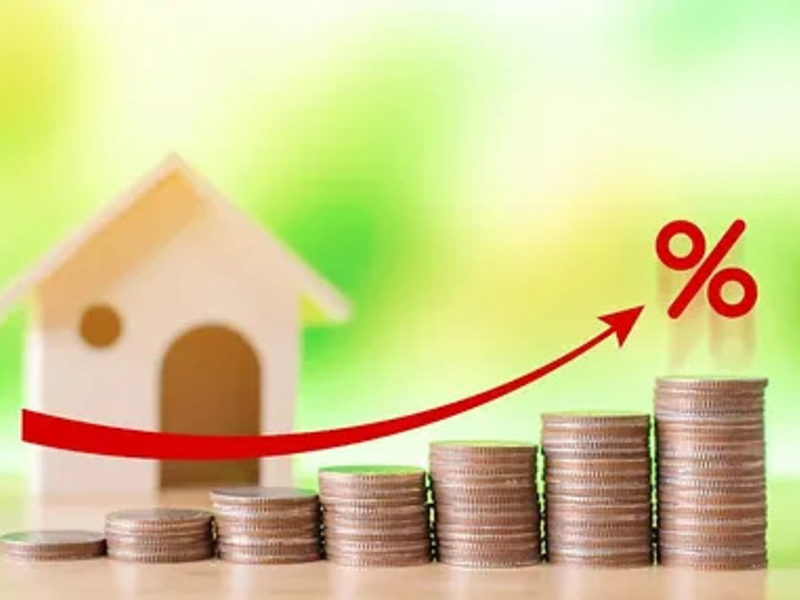As we have made through 6 months of 2024, let us now look at how the market would fare for Commercial Real Estate. The US commercial real estate market seems to be mixed for the latter half of 2024. Certain segments are primed for ongoing success, while others grapple with the challenges.
The outlook for overall market
- Interest Rates: At the Federal Reserve’s policy meeting in March, Chairman Jerome Powell announced that the Fed anticipates cutting rates in 2024. This reduction in interest rates, coupled with solid real estate fundamentals, is expected to boost capital markets activity, lifting it above the current depressed levels. As a result, investment activity in commercial real estate is expected to increase in the second half of 2024. [Sidra Capital]
- Geopolitical Uncertainty: Geopolitical events can significantly impact commercial real estate investments. When international conflicts or political instability arise, investor risk aversion increases. These events can also disrupt global supply chains, raising costs and delaying construction projects. However, in times of uncertainty, some investors may seek "safe haven" assets like CRE in stable regions, potentially boosting investment in those areas.
- Investment Activity: After a potential slowdown in the first half, investment activity may rebound as the Fed eases its stance and economic concerns diminish. Goldman Sachs Asset Management has announced plans to resume active investment in US commercial real estate this year. This decision is driven by falling interest rates and buyers setting a price floor in the market, indicating that the market may be bottoming out. [Wilmington Trust, Sidra Capital]
Sectorally Speaking….
- Office: The office sector will continue to face challenges due to the shift towards hybrid work arrangements. Vacancy rates are expected to remain elevated, particularly for Class B/C properties and those in central business districts of major markets like New York City and Philadelphia. However, demand for high-quality office space in prime locations is likely to stay steady. Investors may find opportunities in rehabilitating or converting underperforming office buildings for other uses, which will receive more state and local government aid in 2024.
- Industrial: The industrial market is expected to remain healthy, with net absorption on par with 2023 levels. Secular growth tailwinds, such as the rise of e-commerce, will continue to boost demand for industrial space. However, some softening in the sector is anticipated.
- Retail: Retail real estate fundamentals are expected to remain strong due to the scarcity of new construction deliveries over the past decade. Resilient consumer spending will help keep the retail sector steady. Retail vacancy rates are low, leading to a competitive market.
- Multifamily: The multifamily sector will face challenges from the biggest wave of new apartment supply in decades, which will temper rent growth and improve affordability for renters in 2024. However, limited housing supply will continue to support multifamily rentals.
- Hotel: The hotel industry will face headwinds to RevPAR growth in 2024, including competition from alternative lodging sources and a slower economy. However, fewer Americans traveling internationally will benefit the domestic market.
[CBRE, JLL, Wilmington Trust]
Key factors behind projected increased investment in CRE in H2 2024
Commercial real estate investment activity is likely to begin picking up in the second half of 2024. Let us explore the factors that might propel this momentum-
- Slowly Falling Interest Rates: As the Federal Reserve cuts interest rates, the easing of higher capital costs will make commercial real estate investments more attractive to investors.
- Avoiding a Recession: The increased likelihood of the U.S. economy avoiding a recession in 2024 will boost investor confidence and activity. While economic growth is expected to slow, a "soft landing" is projected.
- Bargain Pricing for Certain Assets: High interest rates and an economic slowdown, potentially leading to a mild recession, are expected to result in bargain pricing for certain commercial real estate assets, particularly secondary office properties with rising vacancies.
- Rehabilitation and Conversion Opportunities: As interest rates fall and inflation eases, rehabilitating or converting underperforming office buildings to other uses will become more attractive and financially viable. This process will receive significantly more state and local government aid in 2024.
- Reallocation of Capital: The demand for new data center development will attract more institutional investment in 2024, as investors shift capital from the office sector.
[CBRE]
Additional things to consider
- Liquidity & Risk Management: With economic uncertainties abound liquidity and risk management become essential tools for CRE investors. While commercial real estate eagerly awaits interest rate relief on loans, it's important to remember that lower rates also mean lower returns on liquid assets. Now is an excellent time for investors to conserve their liquidity for future opportunities. [JP Morgan]
- Tax Policy:Tax policy changes are a concern for the US CRE market because they can significantly impact investment returns and overall market activity. Reduced tax advantages could make CRE less appealing to investors seeking high returns, potentially leading to a decline in investment activity and fewer funds available for development and acquisition. Additionally, if tax breaks become less enticing, investors might be willing to pay less for properties, resulting in a decrease in overall CRE valuations. This could impact the wealth of existing owners and hinder access to financing for new projects. [Deloitte]
The latter half of 2024 is set to be a time of price discovery in the CRE market, with investors adjusting their strategies to the new interest rate landscape and economic realities. While the office sector faces some challenges, savvy investors might spot opportunities in undervalued assets or by addressing changing tenant demands.
Trending





